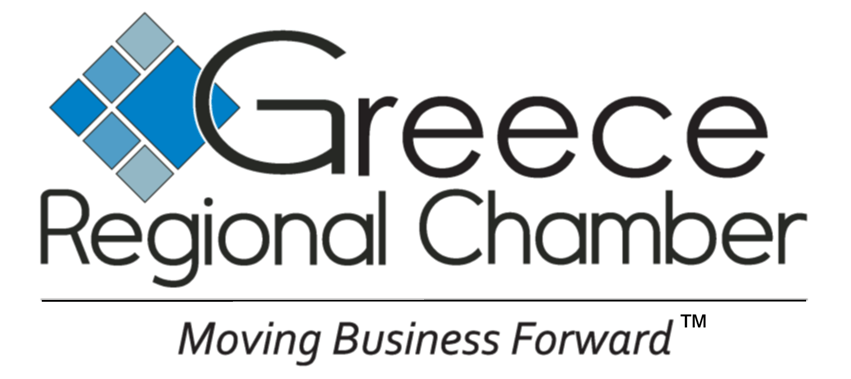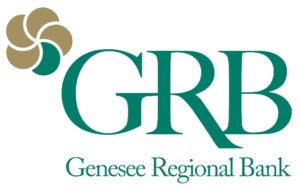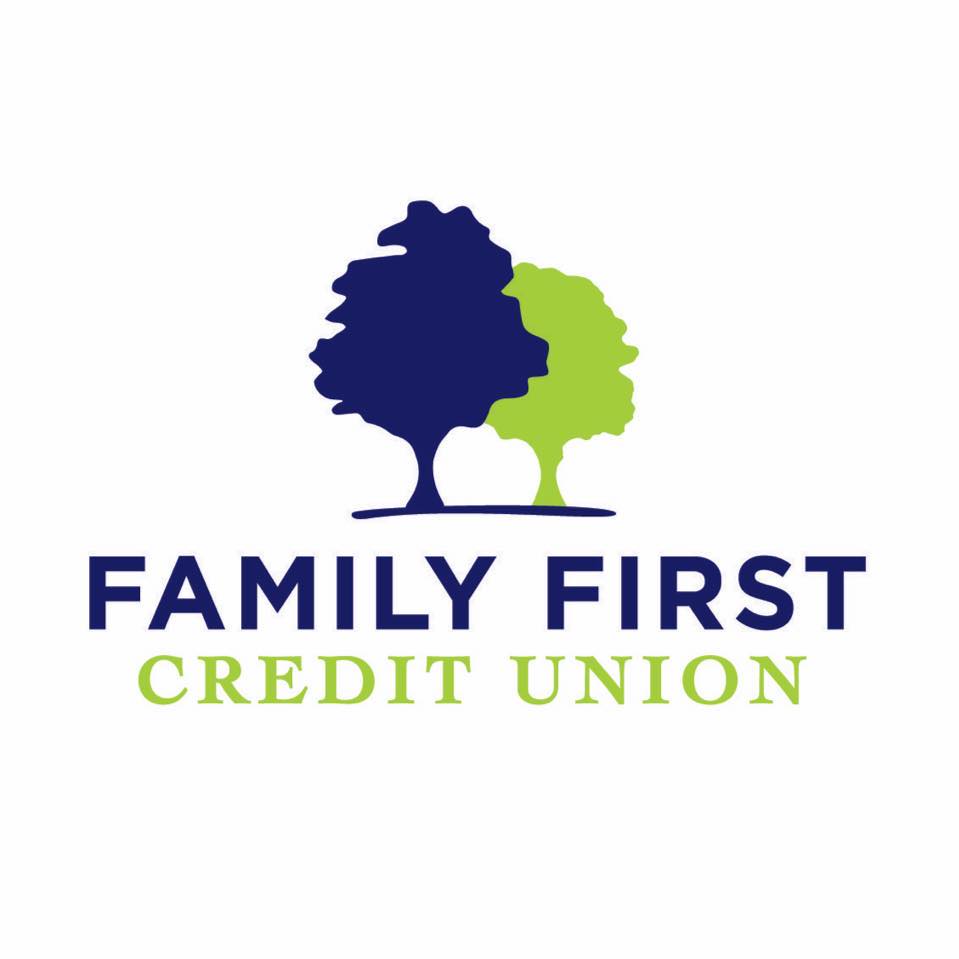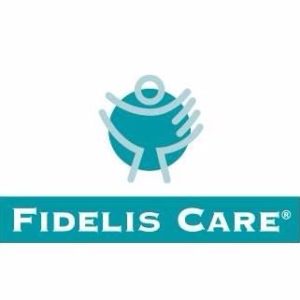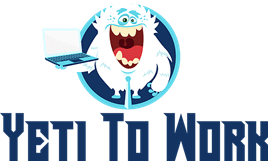Debt Done Right: A Small Business Owner’s Guide to Loans and Credit
Launching or growing a small business often requires outside funding. Whether you’re expanding your product line, hiring your first employees, or stabilizing cash flow, borrowing can provide the capital needed to move forward. But debt isn’t free—it comes with commitments that can either empower your growth or threaten your stability.
Before signing on the dotted line, business owners should weigh financing options carefully, understand loan terms in detail, and be aware of the risks. With a clear plan, borrowing can fuel opportunity without undermining long-term health.
Common Financing Options for Small Businesses
Choosing the right type of financing matters. Each option carries unique costs, benefits, and responsibilities.
-
Bank Loans – Traditional business loans through banks often feature lower interest rates but require strong credit and collateral.
-
SBA Loans – Backed by the U.S. Small Business Administration, these loans offer favorable terms but involve detailed applications and long approval times. See the SBA loan programs overview.
-
Business Lines of Credit – Flexible borrowing that allows you to draw funds as needed, similar to a credit card. Useful for seasonal or fluctuating cash flow.
-
Invoice Financing – Advances funds against unpaid invoices, helping cover short-term expenses when customers are slow to pay.
-
Merchant Cash Advances – Provide upfront cash in exchange for a percentage of daily credit card sales. They can be very costly and should be used with caution.
Why Reviewing Loan Agreements Carefully Matters
The fine print in a loan agreement can shape your business’s financial future. Agreements define repayment schedules, interest rates, collateral requirements, and penalties for missed payments. Overlooking these details can lead to costly surprises.
Taking time to understand exactly what you’re committing to helps you negotiate better terms and make confident decisions. For an accessible overview of what to look for in loan agreements, check this out.
Key Loan Terms Every Business Owner Should Understand
Here’s a snapshot of the most important terms you’ll encounter:
|
Term |
What It Means |
Why It Matters |
|
APR (Annual Percentage Rate) |
Total cost of borrowing, including fees and interest, expressed annually |
Lets you compare true costs across loans |
|
Collateral |
Assets pledged to secure the loan |
Risk of losing property if you default |
|
Personal Guarantee |
Owner’s personal liability for repayment |
Can put personal assets at risk |
|
Amortization Schedule |
Timeline showing how payments are applied to principal and interest |
Affects cash flow planning |
|
Prepayment Penalty |
Fee for paying off a loan early |
Can reduce flexibility and savings |
|
Balloon Payment |
Large lump sum due at the end of a loan term |
Creates potential cash crunch |
Risks to Watch Out For When Borrowing
Borrowing can help your business grow, but it’s not without danger.
Watch for these red flags:
-
Overestimating future revenue – Borrowing more than you can repay puts your business at risk.
-
Variable interest rates – Payments can rise unexpectedly if rates increase.
-
Hidden fees – Origination, processing, or late-payment fees add up quickly.
-
Relying on high-cost financing – Merchant cash advances and some online loans can drain profits.
-
Pledging critical assets – Using essential property as collateral means you risk losing it if things go wrong.
-
Ignoring alternative funding – Grants or local chamber programs may reduce your reliance on debt (see Grants.gov for opportunities).
Steps for Smarter Borrowing
Here’s a quick checklist to prepare before approaching lenders:
-
Assess Your Needs – Borrow only what you realistically need.
-
Know Your Numbers – Document cash flow, revenue projections, and operating expenses.
-
Compare Options – Use tools like a loan comparison guide to shop around.
-
Check Your Credit – Both business and personal credit scores matter.
-
Review the Agreement – Look beyond the interest rate to collateral, fees, and penalties.
-
Plan for Repayment – Stress-test your projections: could you still repay if sales dropped 20%?
-
Consult Advisors – Accountants or Chamber of Commerce mentors can spot risks you may miss.
Frequently Asked Questions
How much debt is too much for a small business?
It depends on your industry, cash flow stability, and profit margins. A general rule is to keep debt service (monthly loan payments) under 30% of monthly revenue.
Should I choose a fixed or variable interest rate?
Fixed rates provide stability and predictability, while variable rates can start lower but expose you to market fluctuations. Review Investopedia’s guide on interest rates.
Can I refinance business debt later?
Yes, refinancing can lower costs or improve terms, but you’ll need strong credit and a consistent repayment history.
Are personal loans a good alternative for business financing?
They can be used, but mixing personal and business debt may create tax and liability complications. Business-specific financing is usually better.
Where can I find free resources before applying?
Local Small Business Development Centers (SBDCs) and chambers of commerce often provide free advising. You can locate centers through America’s SBDC locator.
Conclusion
Borrowing can be a powerful tool for small business growth—but only when used wisely. By comparing financing options, carefully reviewing agreements, and planning repayment realistically, you can secure the capital you need without jeopardizing your business’s future.
Discover the benefits of joining the Greece Regional Chamber and connect with a vibrant community of businesses and professionals in the greater Rochester area!
